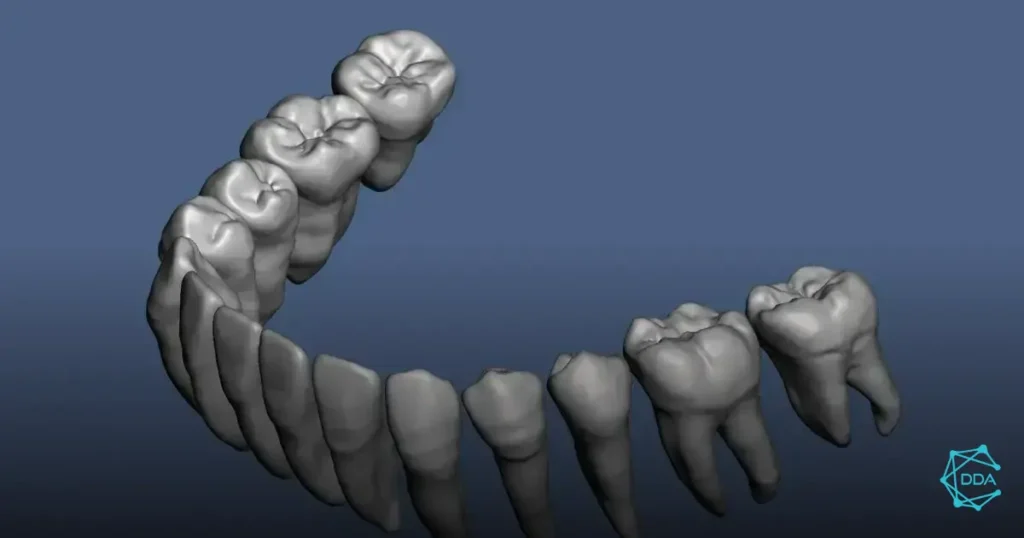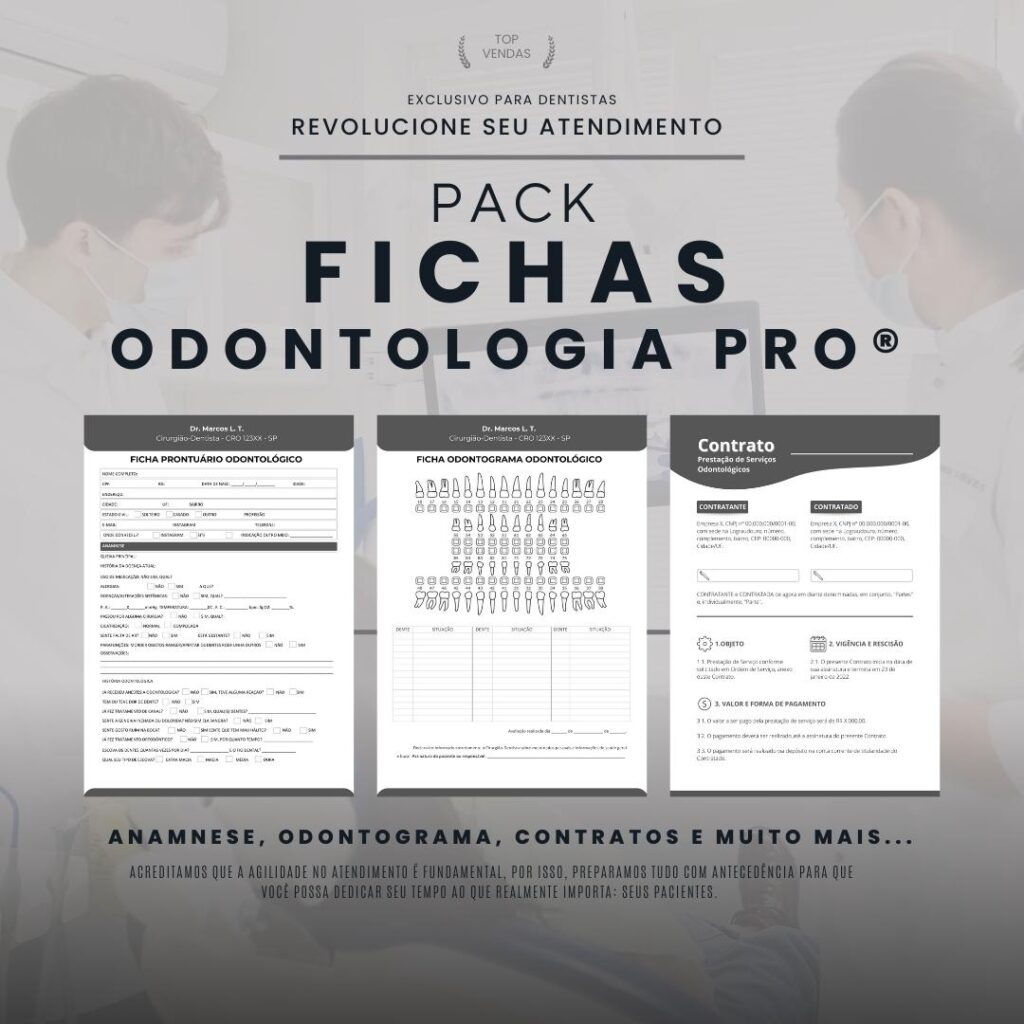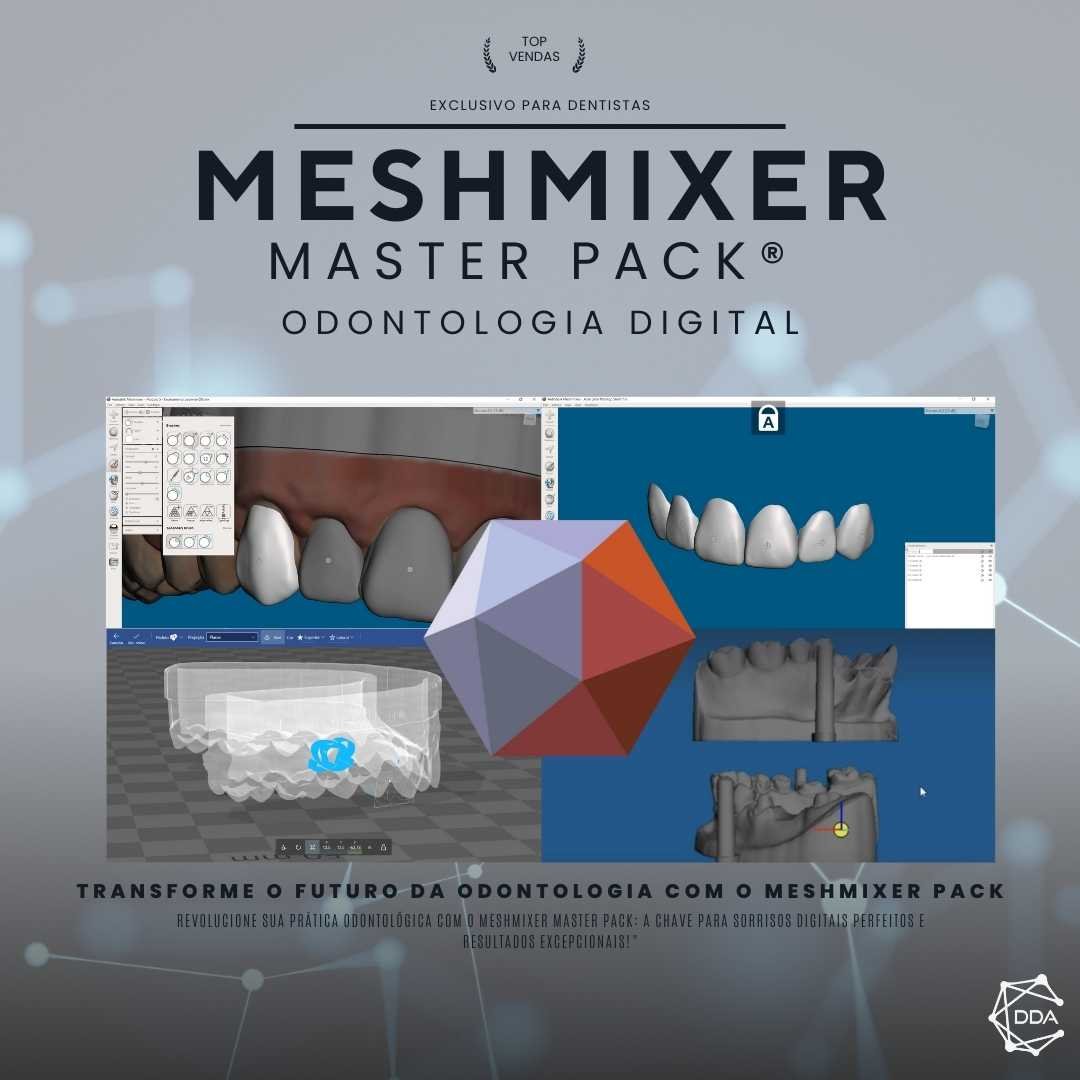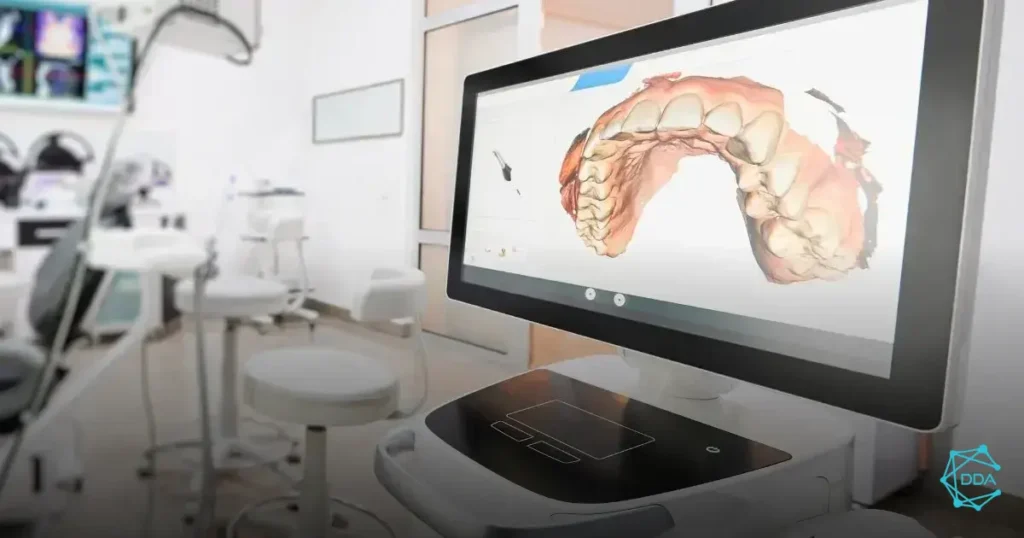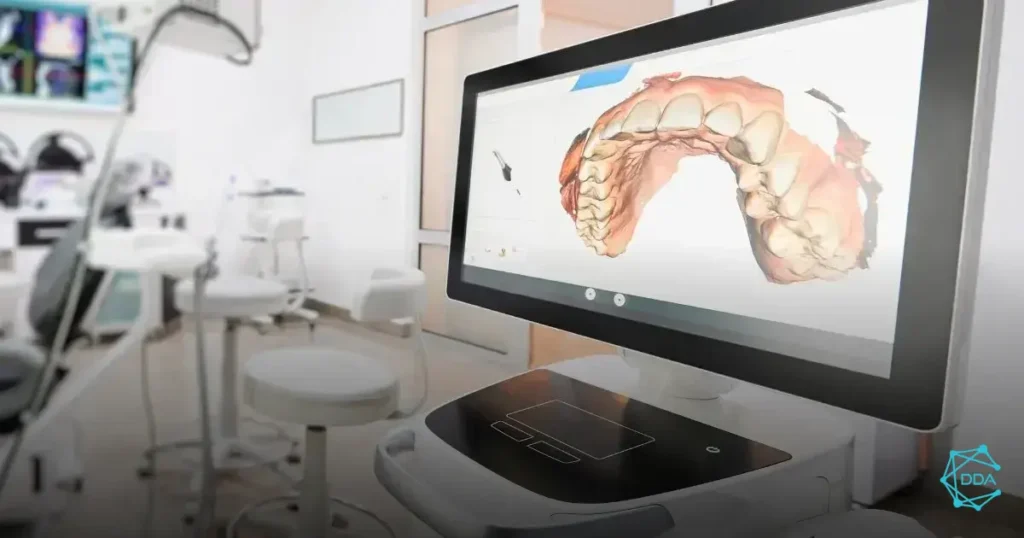FDM (Fused Deposition Modeling)
Fused Deposition Modeling, or FDM, is a 3D printing technology widely used in the additive manufacturing industry. In this process, a thermoplastic material is heated and deposited in successive layers, thus forming the desired object. The technique has gained prominence due to its versatility, low cost, and ability to produce complex parts. In this article, we will explore its operating principles, the materials used, its applications in prosthetics and modeling, as well as trends in FDM technology.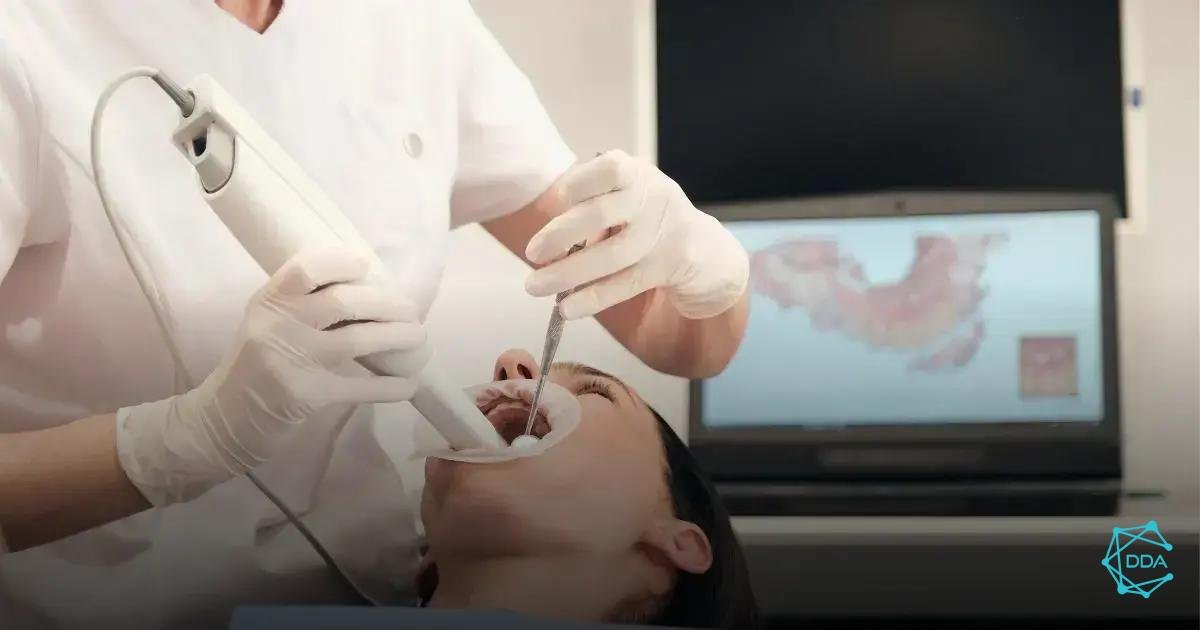

Operating Principles
The operating principles of FDM (Fused Deposition Modeling) technology are based on the creation of three-dimensional objects by depositing thermoplastic material in successive layers. This process is performed by a 3D printer that uses a filament material, such as ABS or PLA, which is heated and deposited in a controlled manner to form the desired object.
Successive Layers: FDM technology works by building the object in thin layers, one on top of the other, allowing for the creation of complex parts with precise details. Each layer is fused to the previous layer as the material is deposited, ensuring the integrity and strength of the final object.
Temperature Control: One of the fundamental principles of FDM is precise control of material temperature during the deposition process. This is essential to ensure proper layer adhesion, surface quality, and the object's mechanical strength.
Modeling Software: FDM technology requires the use of 3D modeling software to convert a digital design into instructions that the printer can follow. The software divides the model into layers and generates G-code, which controls the movement of the print head and the extrusion of the material.
- Operating Principles: Explores the fundamentals of FDM technology, including layered material deposition and temperature control.
- Materials Used: Highlights the types of thermoplastic materials commonly used in FDM technology.
- Applications in Prosthetics and Modeling: It addresses how FDM technology is applied in the creation of prosthetics and in the modeling of parts.
- Trends in FDM Technology: Analyzes recent innovations and advances in FDM technology, such as new materials and processes.
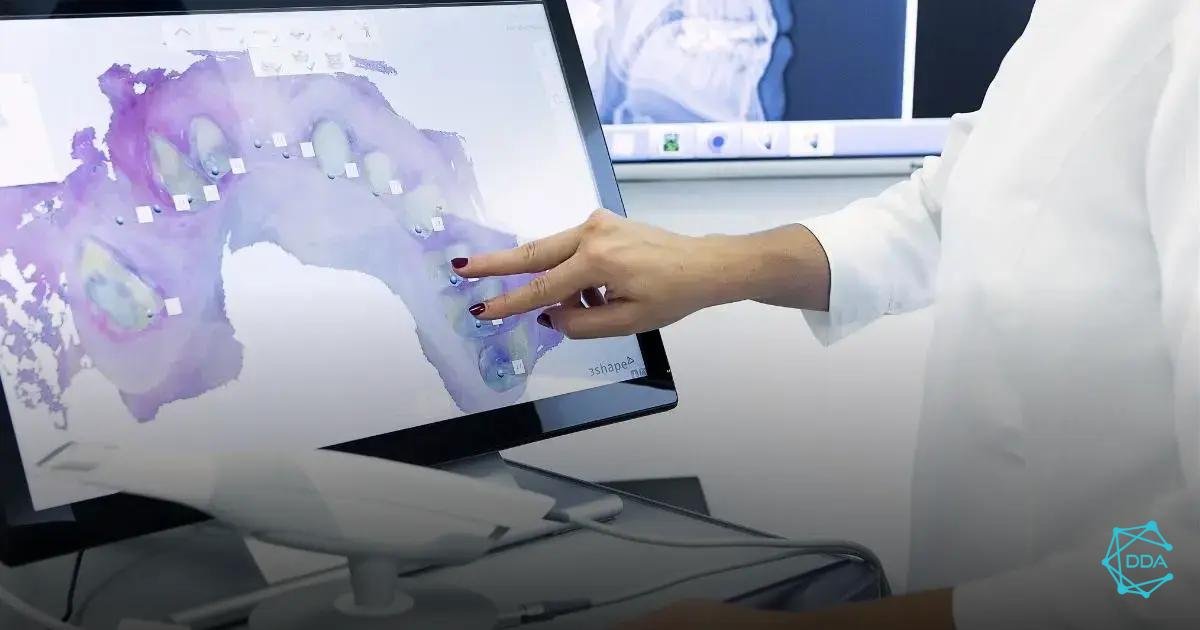

Materials Used
Fused Deposition Modeling (FDM) technology uses a variety of materials to create three-dimensional objects. These materials are essential to ensuring the quality and durability of the parts produced.
Engineering Plastics
Engineering plastics are widely used in FDM technology. Materials such as ABS (Acrylonitrile Butadiene Styrene) and PLA (Polylactic Acid) are common due to their strength and ease of molding. Additionally, PETG (Polyethylene Terephthalate) and Nylon are popular options due to their durability and versatility.
Composite Materials
In addition to plastics, FDM technology can also utilize composite materials, such as filaments reinforced with carbon fiber, fiberglass, metal, or wood. These materials offer specific properties, such as greater mechanical strength, lightness, or a distinctive aesthetic finish.
Biocompatible Materials
For prosthetics and medical modeling applications, FDM technology can employ biocompatible materials such as polycarbonate or PEEK (polyethylene ethylene ketone). These materials are safe for contact with the human body and are certified for use in medical applications.
Special Materials
Furthermore, FDM technology is constantly evolving and expanding its range of materials. Special materials, such as conductive, flexible, water-soluble, or color-changing filaments, are being developed to meet specific demands and expand creative possibilities.
In summary, the variety of materials used in FDM technology offers a diverse range of options for producing parts with distinct mechanical, aesthetic and functional characteristics, meeting the needs of different sectors and applications.
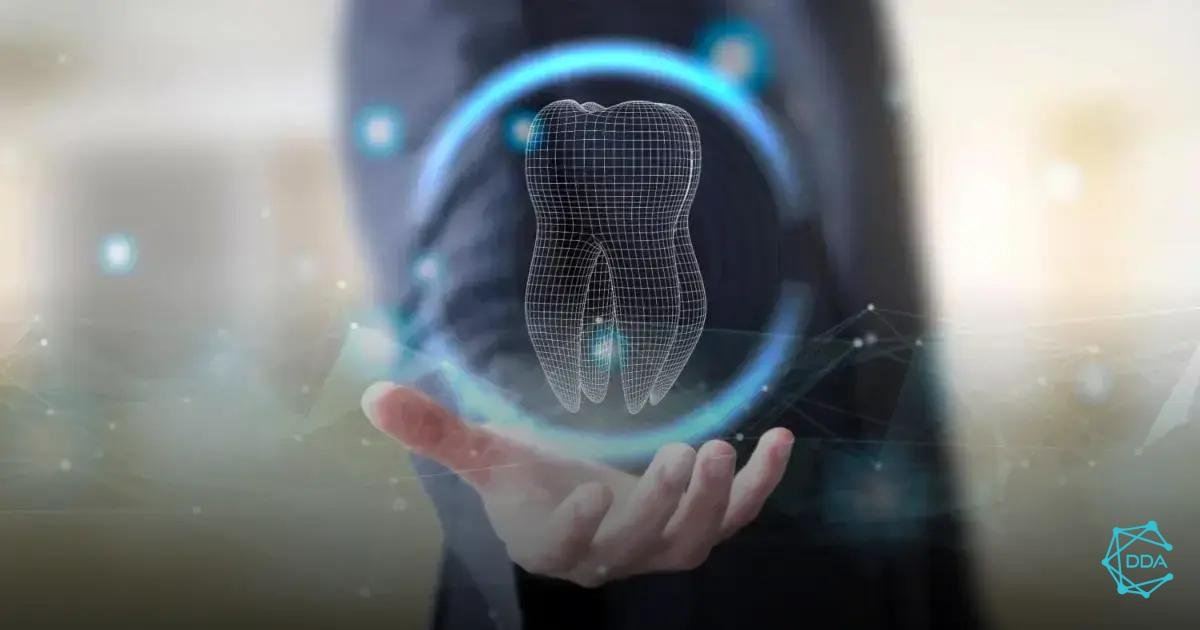

Applications in Prosthetics and Modeling
3D modeling and printing technologies have revolutionized the field of prosthetics, offering personalized, high-precision solutions for patients requiring custom-made prosthetics. 3D modeling allows for the creation of customized prosthetics tailored to each patient's unique anatomy, providing greater comfort and functionality.
Furthermore, 3D printing has been widely used to manufacture models for surgical planning. Accurate models generated through 3D printing technology help surgeons visualize complex cases in advance, enabling more accurate and improved planning.
The application of 3D printing in prosthetics and modeling has positively impacted patients' quality of life, offering tailored, more efficient solutions with shorter production times.


Trends in FDM Technology
FDM (Fused Deposition Modeling) technology continues to evolve and presents some promising future trends. These trends are shaping the additive manufacturing landscape and impacting various industry sectors.
New Materials and Composites
One of the most notable trends in FDM technology is the development of new materials and composites. With the demand for stronger, more flexible, and durable parts, manufacturers are investing in research to create innovative materials that meet these needs. Furthermore, the combination of different materials and composites is becoming a reality, expanding the potential applications of FDM technology.
Integration with Artificial Intelligence and Machine Learning
The integration of FDM technology with artificial intelligence and machine learning is revolutionizing the way parts are designed and manufactured. With advanced algorithms, it's possible to optimize part geometry to reduce weight and material consumption while maintaining strength and functionality. Furthermore, the ability to predict and avoid defects during 3D printing is becoming a reality with the application of these technologies.
Printing at Scale and Mass Customization
FDM technology is advancing toward scaled printing and mass customization. With improved printing speeds and the ability to produce parts in large volumes, additive manufacturing is becoming a viable option for mass production. Furthermore, the ability to customize each part according to individual customer needs is opening up new opportunities in various sectors, such as healthcare, automotive, and consumer goods.
These trends are driving FDM technology to new levels of innovation and efficiency, solidifying its role as one of today's leading additive manufacturing techniques.

